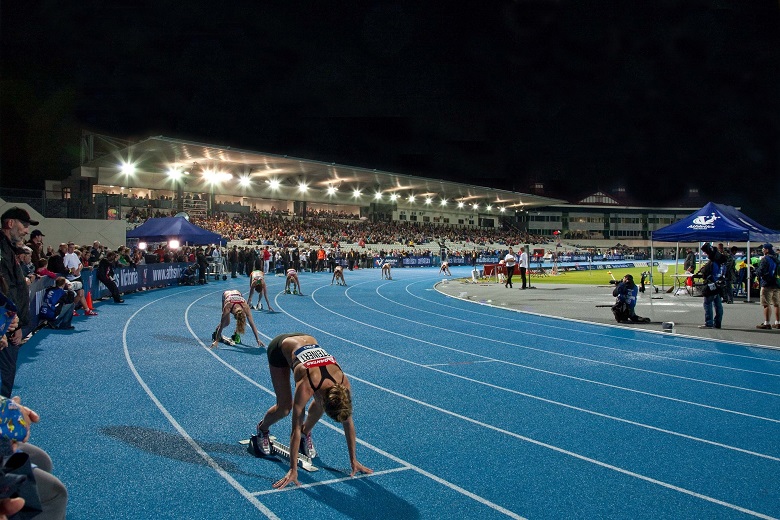
Paul Kamphuis, General Manager of Polytan Asia Pacific, outlines some innovations in synthetic turf, and why councils should be taking notice.
What are the benefits of artificial turf? What do you say to people who are concerned about the environmental impact?
PK: The positive benefits of artificial turf to the environment should always be considered in any conversation about environmental impacts. Artificial turf does not require irrigation, which dramatically reduces water usage requirements for any sporting complex over a natural turf pitch. This is a particularly important consideration in Australia, given our dry climate, drought cycles and increasing concerns about water scarcity.
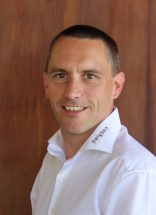
Artificial turf also removes the need for fertilisers, herbicides and pesticides. When coupled with the increased usage hours available with artificial turf surfaces, there are clear environmental and economical benefits of using them as an alternative to natural turf.
Polytan’s artificial turf surfaces are produced from high-quality materials in accordance with stringent quality standards. This includes undertaking chemical fingerprinting of artificial turf and infill components when new products are developed and measuring them against stringent standards established by governing sporting bodies such as FIFA.
When removing and replacing existing artificial turf fields, Polytan routinely retrieve and repurpose the old infill material and repurpose the synthetic grass surface. We are still at an infancy in Australia with the artificial turf resurfacing market, but Polytan are working with various industries to identify a range of innovative ways to recycle and repurpose old systems to provide valuable resources.
What are the benefits for athletes and other recreational users?
PK: International health studies have all indicated that there is no health risk with artificial turf surfaces and infill products. We say with confidence that our products are designed with athlete welfare, public health and the environment first and foremost in our mind at all times.
Polytan take our position as an industry leader seriously and constantly strive to bring new products and innovation into the sports surfacing sector.
Athlete welfare is at the forefront of our entire group and we have created a range of surfacing systems that provide not only superior cushioning, but also promote energy return and in many cases provide better impact protection than the natural alternative. In sports such as hockey and athletics, synthetic surfaces have become the benchmark and are used for all elite international competition.
We’ve all heard the stories from years ago of synthetic grass giving athletes abrasions or burns, but this is no longer the case with modern systems that are well-maintained.
Not only are our sports systems certified and recommended by sporting bodies such as FIFA, FIH, IAAF, AFL, ITF, RFL and World Rugby, they are constantly evolving to incorporate the latest technology advancements and design innovations to reduce potential injury to athletes.
Polytan also collaborate with these sporting bodies and with professional athletes like Jamie Dwyer, Emma Tonegato and Tatiana Pinto to develop the science and synergy between an athlete’s contact with the sport surface and their equipment.
There’s been a global shift towards these environmentally-friendly synthetic technologies in parks and ovals. Is Australia catching on?
PK:Absolutely. Polytan and APT have been using synthetic grass fibres made from recycled materials in some of our products for several years. We have also recently introduced the first synthetic grass products into Australia that use renewable resources in the formulation of the synthetic grass fibres.
Recycling and/or re-purposing of old surfaces is increasingly a focus for Polytan and our clients as we look for ways to reduce waste disposal to landfill.
Facility design in general is also constantly improving to place more focus on sustainability in areas such as water harvesting, LED lighting and multi-purpose usage of facilities to enable a given facility to be used by a broader section of the community.
Whilst some of this technology currently comes with a higher cost than traditional approaches, we are seeing a willingness for councils to embrace new technology that offers sustainability benefits. Over time this will help to reduce costs in the future.
Should councils consider synthetic turf when building parks, sports grounds and playgrounds?
PK: Generally speaking, we are already seeing a large number of councils across Australia becoming more aware of sustainable practices and searching for environmentally friendly solutions to support both their communities, as well as their infrastructure.
In light of the current waste crisis, as an Australian manufacturer and an industry leader in our sector, we feel a large responsibility to lead by example by adopting more sustainable and renewable processes into the provision of sports surfaces. These advancements should be embraced by councils as part of our responsibility to ensure that we leave the world in a better place for future generations.
What’s on the market at the moment?
PK: Polytan are currently installing our Poligras Tokyo GT hockey surfacing for the Tokyo 2020 hockey fields in Japan. Key raw materials in yarn production for Tokyo GT are renewable – we use sugar cane and natural proteins to create the polyethylene building blocks used in the synthetic fibres.
Polytan have also partnered with Covestro in the innovative new practice of capturing and converting CO2 gas from the atmosphere into a raw material used in our binders for shockpad underlays on our sporting fields. This technology captures harmful greenhouse gases from the atmosphere and converts it into a useful material.
Both of these technologies are being used in Japan as part of Tokyo 2020’s commitment to being the first carbon neutral Games.
Polytan have also incorporated green technology into our latest high-performance athletics track system, Rekortan G13. The most recent installation of this track was in Christchurch, New Zealand at the Nga Puna Wai Sports Hub. With 50 years’ experience in the athletics track market, Polytan have developed an athletics track system that uses renewable resources to provide a green solution.
At a local level, all of these products are now marketed in Australia and already we are seeing our new Poligras Tokyo GT system being installed into venues here.
We have also incorporated this green technology into our SYNLawn landscaping range, to offer natural looking grass that doesn’t just stay green all year round, but is green on the inside as well.
Water management is another big issue for these ovals. How can councils manage catchment water landing on these ovals more sustainably?
PK: Polytan have installed numerous synthetic playing fields that incorporate water harvesting features. Typically, this involves the installation of water retention systems beneath the playing field to capture stormwater and store it for future use. Captured stormwater is then used for irrigation of nearby natural turf fields, garden areas or for flushing toilets with minimal additional infrastructure investment. This offers significant sustainability benefits by lessening council reliance on potable water supplies for field irrigation.
With water scarcity and constant drought issues in Australia that can limit availability of potable water for sports field irrigation, this should be a major consideration on each and every project. Our drought cycles mean that even if water scarcity is not a problem when a facility is constructed, there is a strong chance that it will be at some stage in the future.
Chatswood High School in NSW is a great example of recent water retention systems placed beneath sports surfaces.
Paul Kamphuis is a world-leading expert on sports facilities construction and surfaces. He has delivered construction and project management for major projects including London 2012 Olympic Games, Rio 2016 Olympic Games and Gold Coast 2018 Commonwealth Games.
Comment below to have your say on this story.
If you have a news story or tip-off, get in touch at editorial@governmentnews.com.au.
Sign up to the Government News newsletter
Most read
Scathing report finds little has changed at PwC
Qld council welcomes progress on massive battery system
‘Local’ procurement turns out not to be so local, committee hears
Another report finds local government falling down on cyber security
MoG changes see regions, investment return to NSW Premier’s Department

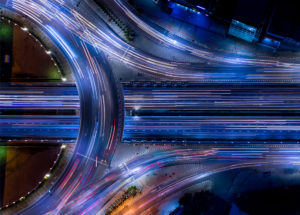
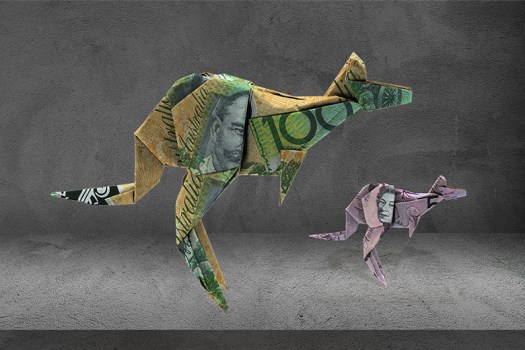
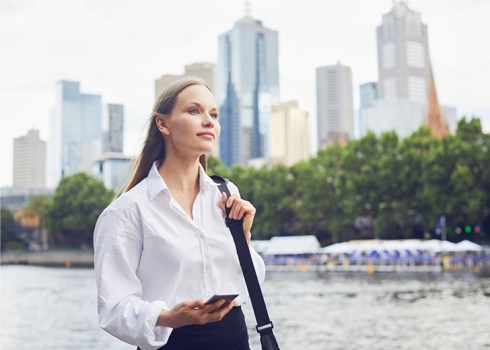
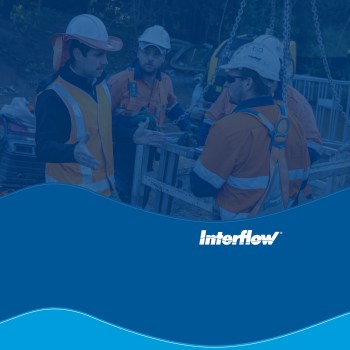

Sue Phillips on: 15 councils participate in SA emissions reduction trial
Garth Daddy on: War memorial contracts fudged, audit finds
Roger Buhlert on: New VLGA appointment vows to lift governance standards